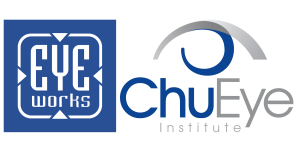Is your child smart in everything except school? He or she might be struggling with a hidden vision problem that impacts learning called Convergence Insufficiency (CI).
CI is a near vision problem that interferes with one’s ability to see, read, learn and work at close distances. A person with CI has trouble, or is simply unable to coordinate his/her eyes at close range, which impairs activities like reading. To prevent double vision, your child exerts extra effort to make his/her eyes turn back in (converge). This extra effort can lead to a number of frustrating symptoms such as eyestrain, headaches, blurred vision, double vision, sleepiness, difficulty concentrating, movement of print while reading, and loss of comprehension after short periods of reading, or performing computer work, desk work, playing on handheld video games or doing crafts.
You may also notice that your child frequently loses his/her place, squints, rubs, closes or covers an eye, has trouble remembering what was read, or reports words that appear to move, jump, swim or float. One may also experience problems with motion sickness. It is not uncommon for these symptoms to worsen as a result of illness, lack of sleep, anxiety, and/or prolonged close work.
CI is often misdiagnosed as ADD or ADHD, dyslexia, or an anxiety problem. This condition is also often not picked up during school eye screenings or standard eye exams. A child can have 20/20 eyesight, yet still have CI and lack the visual skills critical for reading.
The good news is that CI responds well to proper treatment which involves either supervised vision therapy in a clinical office with home reinforcement or prismatic (prism) eyeglasses prescribed to decrease some of the symptoms. The bad news is that due to persistent lack of testing for it, many people are not getting the help they need early in life. So if your child is battling to read and concentrate, speak to your optometrist about having your child tested for CI.








Leave a Reply